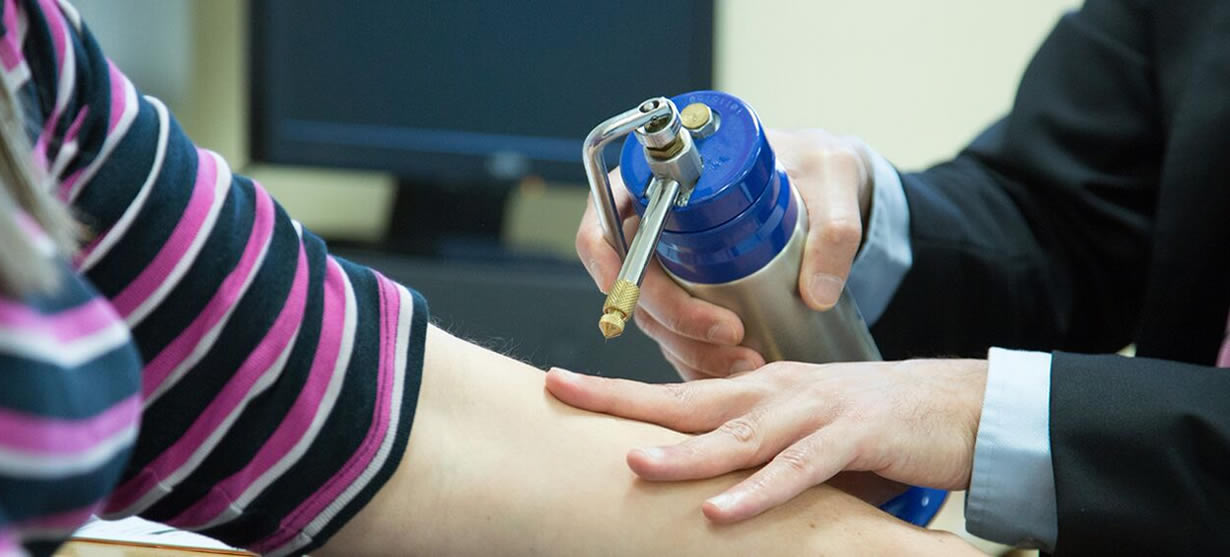Mole Removal

Naevi (commonly referred to as ‘moles’) are skin growths made up of collections of the colour producing cells in the skin called melanocytes. Moles come in numerous sizes and colours and may occur anywhere on the body or face. They can be flat or protuberant on the skin, and can be a variety of shapes.
It is critical that a Specialist Dermatologist examines any mole before its removal, to ensure that there are are no suspicious features within the mole itself. This assessment by a Specialist Dermatologist is of great this is important in determining the most appropriate way of removing the mole.
Dr Hussain is one of the UK’s leading mole & skin cancer specialists and as a Specialist Consultant Surgical Dermatologist will be able to assess your mole and advise you as to the diagnosis and the best way of removing it.
What is involved in mole removal surgery?
There are various methods of removing moles. Dr Hussain will discuss the different options with you and suggest the technique he feels will provide you with the best cosmetic outcome.
How is mole removal surgery performed?
Dr Hussain will remove your mole under local anaesthetic (meaning the skin will be numb, but you will be awake). Occasionally, you may be given an anaesthetic cream to apply to the area beforehand to make the injections less uncomfortable.
The precise technique employed by Dr Hussain for removing your mole will depend on several factors including its diagnosis, its size and its location.
Formal excision: a mole may be ‘cut out’ with a scalpel blade and the wound closed with fine stitches.
Shave excision/ curettage: a mole may be shaved down to the level of the surrounding skin and ‘scooped away’ leaving the resultant wound to heal by itself.
Cryotherapy: a mole may be frozen off the skin with very cold liquid nitrogen gas. This produces a ‘cold burn’ to destroy the mole, leaving a shallow wound to heal by itself.
What can I expect after mole removal surgery?
Dr Hussain will have discussed with you the best way of removing your particular mole. He and his nursing team will provide you with detailed after-care advice and contact details in case of any concerns after your procedure. The site of the removed mole may be a little sore after the procedure but any discomfort is usually eased by paracetamol and settles within a day or two.
Your mole will always be sent to the laboratory to be analysed under the microscope. This is the ‘gold-standard’ method of confirming the nature of the mole and ensuring there are no abnormal (cancerous) cells within the mole itself.
What are the risks of mole removal surgery?
Mole removal surgery under the care of Dr Hussain is a very safe and well tolerated procedure. Reassuringly complications are very rare but may occur with any surgical procedure of the skin.
Dr Hussain will have discussed the risks of the procedure with you in detail during your consultation. It is important to note that all types of skin surgery will leave a scar of some form, as there is no such thing as ‘invisible healing’. Scars however improve with time and usually after one year it can be difficult to see where a mole had previously been.
If you have any questions or comments, or if you want to learn more about the services of Dr Walayat Hussain, please call 0113 388 2234 or submit an online form by clicking here.

